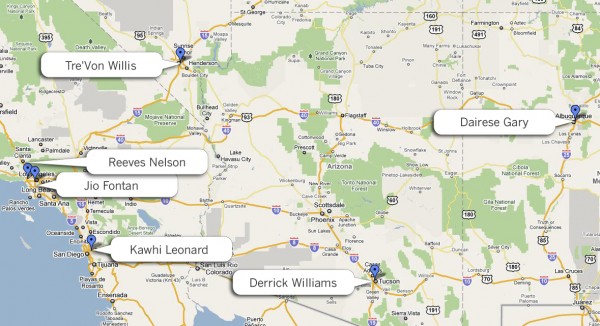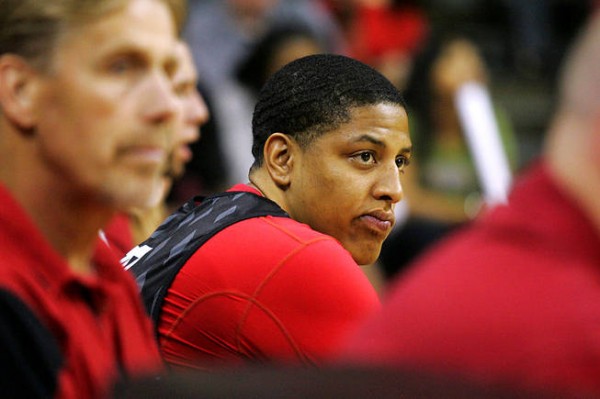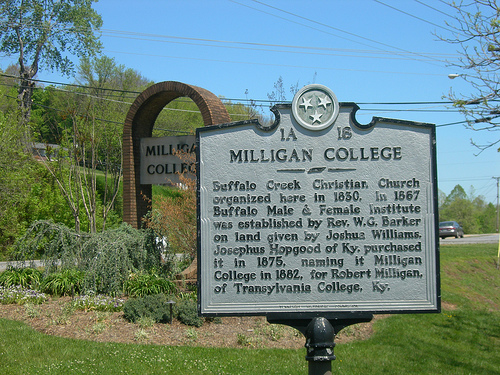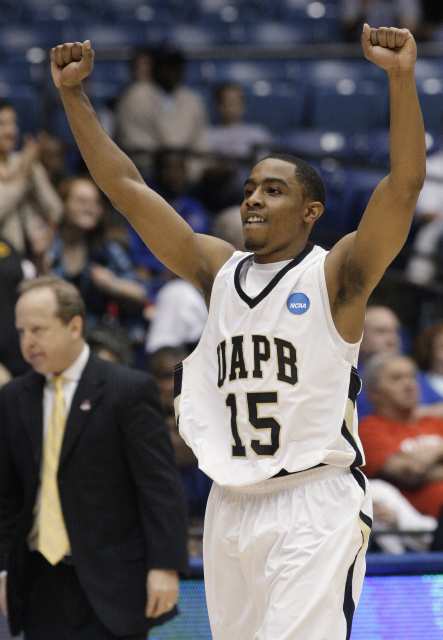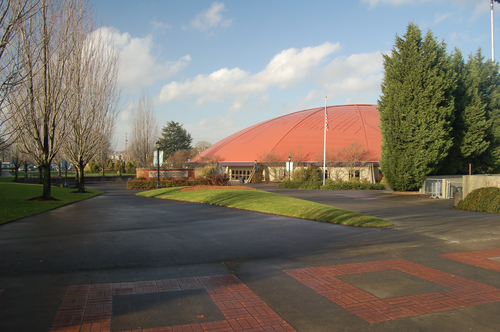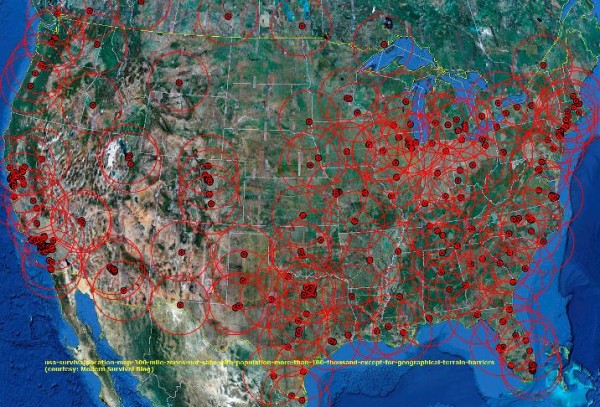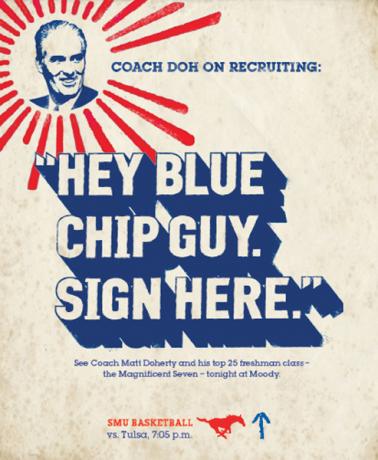RTC 2010-11 Impact Players – Southwest Region
Posted by rtmsf on November 1st, 2010 Welcome to our RTC Impact Players series. The braintrust has gone back and forth on this and we’ve finally settled on a group of sixty players throughout ten geographic regions of the country (five starters plus a sixth man) to represent the who and where of players you should be watching this season. Seriously, if you haven’t seen every one of these players ball at least once by the end of February, then you need to figure out a way to get a better television package. As always in a subjective analysis such as this, some of our decisions were difficult; many others were quite easy. What we can say without reservation is that there is great talent in every corner of this nation of ours, and we’ll do our best to excavate it over the next five weeks in this series that will publish on Mondays and Thursdays. Each time, we’ll also provide a list of some of the near-misses as well as the players we considered in each region, but as always, we welcome you guys, our faithful and very knowledgeable readers, to critique us in the comments.
Welcome to our RTC Impact Players series. The braintrust has gone back and forth on this and we’ve finally settled on a group of sixty players throughout ten geographic regions of the country (five starters plus a sixth man) to represent the who and where of players you should be watching this season. Seriously, if you haven’t seen every one of these players ball at least once by the end of February, then you need to figure out a way to get a better television package. As always in a subjective analysis such as this, some of our decisions were difficult; many others were quite easy. What we can say without reservation is that there is great talent in every corner of this nation of ours, and we’ll do our best to excavate it over the next five weeks in this series that will publish on Mondays and Thursdays. Each time, we’ll also provide a list of some of the near-misses as well as the players we considered in each region, but as always, we welcome you guys, our faithful and very knowledgeable readers, to critique us in the comments.
You can find all previous RTC 2010-11 Impact Players posts here.
Southwest Region (NM, AZ, NV, HI, SoCal)
- Jio Fontan – Soph, G – USC. Last year, USC was the talk of the college basketball world for a stretch, when senior point guard Mike Gerrity, a transfer from Charlotte, took over the team in December and promptly led the Trojans to an upset blowout victory over then #8 Tennessee in his first game of the season. The Trojans went on to win their next five games, including the inaugural Diamond Head Classic, with Gerrity serving as a big spark. In 2010-11, head coach Kevin O’Neill and his team will welcome another Division I transfer to the active roster over the winter break, and they hope to sustain the bump in talent they’ll get when Fontan joins the team as a midseason transfer from Fordham. In fact, Fontan was in the midst of an on-campus visit last December 19 when Gerrity was leading the Trojans to their win over the Volunteers and he committed to the school just days later, perhaps seeing the blueprint for his own success in Gerrity’s. Luckily enough for O’Neill and the Trojans, Fontan will have more than just the one semester of eligibility that Gerrity had. But while their paths to the USC roster may seem similar, their games are different. Fontan is more of a combo-guard, capable of running an offense, but more adept at creating for himself than being a pure distributor. Not that he isn’t capable of handing out assists – he averaged more than four assists per night during his one season plus five games at Fordham – but Fontan is at his best with the ball in his hands, able to both blow by defenders and hit from long range, scoring the ball to the tune of 15.3 points per game in his freshman season on his way to Atlantic 10 rookie of the year honors. Paired with established frontcourt returners Nikola Vucevic and Alex Stepheson and a talented group of newcomers, including 5’7 point guard Maurice Jones who will handle the lead guard duties until Fontan is eligible, Fontan will be surrounded by far more talent than he ever was in his time at Fordham. And if things go as well as could be hoped for, Fontan will have a chance to reprise Gerrity’s Trojan debut, as Southern Cal will travel to Kansas (and then, three days later, they’ll play the return game in the Tennessee series) for Fontan’s first game, giving USC a chance to make another big mid-season splash on the national stage.
- Tre’Von Willis* – Sr, G – UNLV. For a good part of last summer, Tre’Von Willis, the star shooting guard for the Runnin’ Rebels, may have thought that his collegiate career was over thanks to his June 29 arrest for felony battery involving an ugly incident with a woman in nearby Henderson, Nevada. Willis ultimately copped to a plea agreement of a lesser charge of misdemeanor domestic battery, and in interviews since the incident he has shown considerable sincerity and self-awareness in suggesting that he placed himself in a bad situation. After he serves a mandated three-game suspension meted by coach Lon Kruger, Willis will likely be back in action for UNLV’s second regular season game against Southeastern Louisiana. And it’s a good thing that he will be, as the Rebel program has eyes on putting together its best season since the understated head coach rolled into town several years ago. Considering that the Rebs have been to a Sweet Sixteen and won 30 games in a season under his tutelage (both in 2006-07), those are lofty goals. But they are also realistic ones so long as some of the injury problems that Willis and several others have recently endured are controlled. Willis in particular continues to experience knee pain as a result of arthroscopic surgery in August to repair cartilage, a recurring problem which caused the capable scorer to lose some of his lift at the end of last season and definitely impacted his effectiveness. As an example, after scoring twenty or more points ten times through mid-February, Willis only hit the figure one more time during the last eight games of the year, a sure indication that he was not at 100%. The hope is that his summer surgery, a new outlook on opportunity as a result of his legal troubles, a sprinkling of maturity (he also had a daughter) and much-needed rest will encourage Willis to come back with an all-America caliber season. He was chosen as a first-team all-MWC guard in 2009-10 when he contributed an all-around game of 17.2 PPG, 3.9 RPG and 3.5 APG while increasing his previously-sketchy shot selection to the point where he added nearly 10% (from 38% to 48%) on his field goal percentage. If he can truly put everything from last summer behind him and remain healthy for an entire season, the new Aria Hotel may not be the only must-see on The Strip this winter.





























